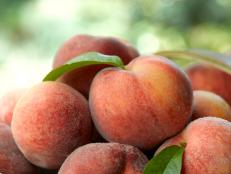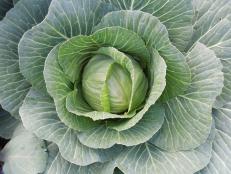Can You Freeze Cantaloupe?
Savor the juicy sweetness of summer-ripened cantaloupe all year long by stashing melon chunks in the freezer.
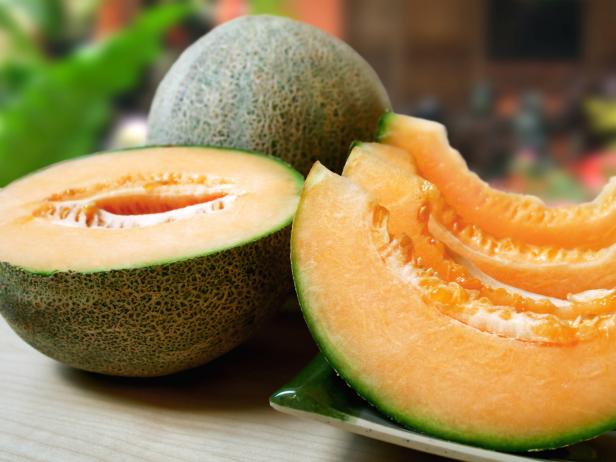
Getty Images/iStockphoto - 140473828
Imagine savoring the summery sweetness of sun-ripened cantaloupe as a holiday treat. Not a cantaloupe that's been grown somewhere tropical and shipped to your local store, but a fresh, locally grown melon — rich, juicy, and exploding with sweetness. If you're wondering how, stop asking, "Can you freeze cantaloupe?" The fact is you can, and the process is easy and fast.
Like most melons, cantaloupes have a high water content: 95 percent. The flesh is denser than a watermelon, so it tends to emerge from the freezer with a chewier, more substantive texture than its pink-fleshed cousin. Other than a slight textural change, this frozen melon serves the same lovely flavor you'd expect from a fresh cantaloupe. Frozen cantaloupe tastes best when consumed while it's still a little frosty.
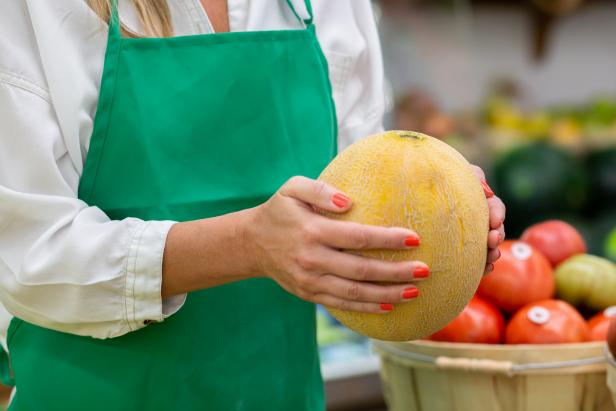
Cassidy Garcia
The Freshest Fruit Is Key
To freeze cantaloupe successfully, start with fresh, ripe melons. Look for cantaloupes with solid rinds where the netting stands out on the surface. The stem end of the melon should have a slight give, and you should be able to detect a slight cantaloupe fragrance. Avoid overripe melons, which have a strongly yellow-tone to the rind and may even have spots that are decaying or dark. Overripe melons often have a very strong cantaloupe fragrance.
15 Top Fruit Trees for Home Gardens
See All PhotosCheck the Flesh
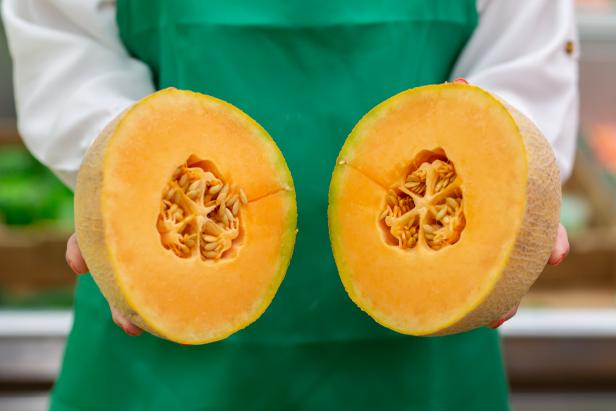
Cassidy Garcia
When you cut the melon open, you want flesh that's firm, fully colored, and juicy. If your cantaloupe is mushy, you can still freeze it, but it will emerge from the freezer with a mushier texture. Look for locally grown watermelons at nearby farmers' markets. You can also grow you own if you have a long enough growing season. Just be sure you have enough room for vines to sprawl.
Quick Steps to Freezing Cantaloupe
1. Wash the Fruit + Remove Seeds
Before freezing cantaloupes, wash the fruit with soap and water, especially if there's soil on the rind. Next, cut the fruit open. Remove the seeds, but don't worry about creating a smooth surface. You can leave some grooves in place. Slice the flesh from the rind. Be sure to remove that bright green, tart-tasting area between the orange flesh and rind.
2. Cube or Chunk Melon
How to Freeze Fruit
Learn methods for freezing fruit so you can have fresh taste long after the growing season ends.
Cube the melon, or freeze it in chunks. If you want melon balls, use whatever tool is handy: an ice cream scoop, cookie scoop, spoon, or melon baller.
3. Place Pieces on Lined Baking Tray
Place the cantaloupe pieces on a baking tray. Lining the tray with parchment, plastic wrap or wax paper first makes removing the frozen pieces easier.
4. Quick Freeze
Place the tray into the freezer to quick freeze the cantaloupe.
5. Pack in Freezer Bags
After pieces freeze solid, pack them into freezer bags or containers. To remove air from bags, try using a straw or vacuum sealer. You can also submerge the open bag in water, keeping the open end above the water. That quickly forces air bubbles out of the bag. Seal the bag while the contents are still underwater to avoid re-introducing air.
This is a good time to stop and consider how you might use the frozen cantaloupe. If you want to add it to lunch boxes for a noon-time treat, stash pieces in smaller zipper bags, and slip those into larger freezer bags. Frozen cantaloupe chunks are an ideal snack for folks fighting sore throats or colds.
6. Or, Puree Your Cantaloupe Before Freezing
Some people puree cantaloupe before freezing, freeze it in ice cube trays, and pack the cantaloupe cubes in freezer bags. Use the cubes to chill fruit teas or wine spritzers. You can also freeze cubed cantaloupe with watermelon and honeydew to make a tasty fruit compote. For best quality, eat frozen watermelon — chunks or puree—within nine to 12 months.
Cantaloupe Is Good for You
Frozen cantaloupe provides a low-calorie, nutrient-rich snack or dessert. It's packed with Vitamins A and C, has nearly zero fat, and contains antioxidant and anti-inflammatory compounds. It's a terrific addition to iced teas or mineral water and creates flavorful smoothies and sorbet. You can also blend it to create traditional or virgin daiquiris or margaritas.












